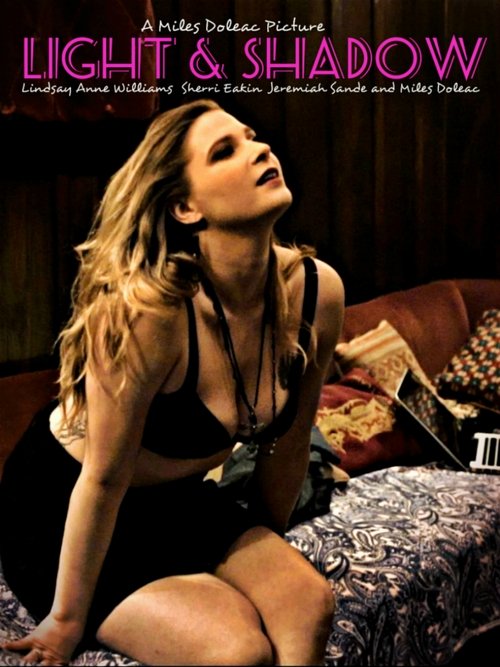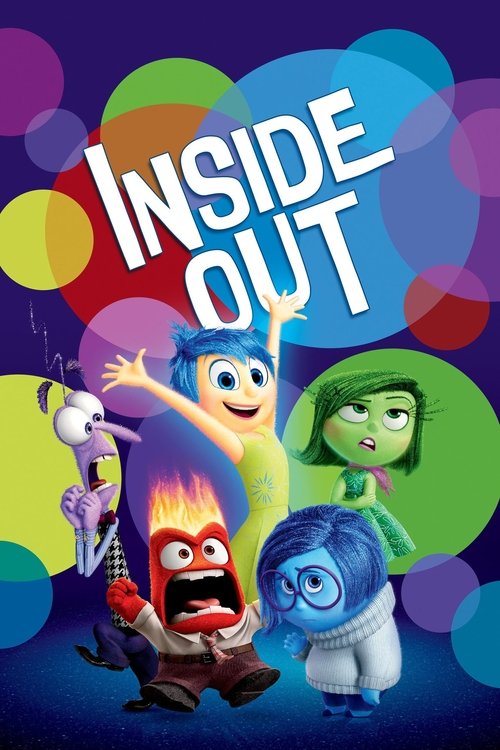
Ask Your Own Question
What is the plot?
What is the ending?
In the ending of "Light & Shadow," the protagonist, a young woman named Yoon-hee, confronts her past and the choices she has made. After a series of emotional revelations and confrontations, she finds a sense of closure and acceptance. The film concludes with Yoon-hee stepping into a new chapter of her life, symbolizing hope and resilience.
As the final act unfolds, the scene opens with Yoon-hee standing alone in a dimly lit room, the shadows of her past looming large around her. The air is thick with tension as she reflects on the choices that have led her to this moment. The camera captures the flickering light from a nearby window, casting a stark contrast between light and shadow, a visual metaphor for her internal struggle.
In the next scene, Yoon-hee receives a phone call from her estranged father, who has been a source of pain and conflict throughout her life. The conversation is fraught with emotion; she grapples with feelings of anger and betrayal but also a deep-seated desire for reconciliation. As she listens to her father's voice, tears well up in her eyes, revealing the vulnerability beneath her tough exterior. The audience can feel her heart racing as she contemplates whether to forgive him or to continue holding onto her resentment.
The scene shifts to a flashback, where we see Yoon-hee as a child, filled with innocence and hope. This juxtaposition of her past self with her current state emphasizes the weight of her experiences. The flashback serves as a poignant reminder of what she has lost and what she longs to reclaim. The emotional turmoil is palpable as she battles with her memories, the shadows of her childhood haunting her.
Returning to the present, Yoon-hee makes a decision. She stands up, her posture shifting from one of defeat to one of determination. The camera follows her as she walks towards the door, symbolizing her choice to confront her past rather than run from it. The light from outside spills into the room, illuminating her path as she steps into the unknown.
In the final scene, Yoon-hee meets her father in a park, a neutral ground that signifies a new beginning. The atmosphere is tense yet hopeful. As they sit on a bench, the conversation is tentative at first, filled with pauses and unspoken words. However, as they begin to share their feelings, the barriers between them start to dissolve. Yoon-hee expresses her pain, and her father, with tears in his eyes, acknowledges his mistakes. The dialogue is raw and honest, capturing the essence of their fractured relationship.
The film concludes with a close-up of Yoon-hee's face, a mixture of relief and uncertainty as she takes a deep breath. The camera pulls back, revealing the park bathed in sunlight, symbolizing the possibility of healing and the promise of a brighter future. As she walks away from the bench, the shadows that once consumed her begin to fade, leaving behind a sense of hope and resilience.
In terms of character fates, Yoon-hee emerges from her journey with a newfound strength and the ability to forgive, while her father begins to confront his own demons, suggesting a path toward redemption. The film leaves the audience with a sense of closure, highlighting the importance of facing one's past to embrace the future.
Is there a post-credit scene?
In the movie "Light & Shadow," produced in 2017, there is indeed a post-credit scene that adds an intriguing layer to the narrative.
As the credits roll, the screen fades to black before transitioning to a dimly lit room filled with shadows. The camera slowly pans across the space, revealing various photographs pinned to a corkboard. Each image depicts moments from the film, showcasing the characters in both light and dark settings, symbolizing their internal struggles and growth.
Suddenly, the focus shifts to a single photograph that stands out--a close-up of the protagonist, whose expression is contemplative and hopeful. The camera lingers on this image, and a soft, ambient score begins to play, evoking a sense of nostalgia and reflection.
Then, a figure enters the frame, obscured by shadows. The figure approaches the corkboard and examines the photographs closely. As they reach for the protagonist's image, the camera zooms in on their hand, revealing a small, glowing object--a pendant that seems to pulse with light. This pendant symbolizes the connection between light and shadow, representing the choices and paths that lie ahead for the characters.
The scene ends with the figure turning slightly, allowing a glimpse of their face, which is partially illuminated. A knowing smile crosses their lips, hinting at a deeper connection to the protagonist and the journey they have undertaken. The screen fades to black once more, leaving the audience with a sense of anticipation and curiosity about what lies ahead for the characters in the world of "Light & Shadow."
What motivates the main character, Mia, to pursue her passion for photography despite her family's disapproval?
Mia is driven by a deep-seated desire to express herself and capture the beauty of the world around her. Her passion for photography serves as an escape from her family's expectations and the constraints of her mundane life. Throughout the film, her internal struggle between familial loyalty and personal ambition is palpable, showcasing her emotional turmoil as she seeks validation for her artistic vision.
How does the relationship between Mia and her mentor, David, evolve throughout the film?
Initially, Mia views David as a distant figure, a successful photographer whose work she admires. As they collaborate, their relationship deepens, with David becoming a guiding force in Mia's life. He encourages her to embrace her unique perspective, which leads to moments of vulnerability and trust. However, as Mia grows more confident, tensions arise when she begins to challenge David's traditional views on art, culminating in a pivotal confrontation that tests their bond.
What role does the city play in shaping Mia's artistic journey?
The city serves as both a backdrop and a character in itself, reflecting Mia's emotional state and artistic evolution. Its vibrant streets, bustling markets, and quiet parks provide her with inspiration and a canvas for her photography. As she navigates the city's complexities, her experiences--both joyful and challenging--mirror her internal struggles, ultimately influencing her artistic voice and the themes she chooses to explore in her work.
What is the significance of the recurring motif of light and shadow in Mia's photography?
The motif of light and shadow symbolizes Mia's journey of self-discovery and the duality of her experiences. Light represents hope, creativity, and the moments of clarity she finds in her art, while shadow embodies her fears, doubts, and the darker aspects of her life. This interplay is visually represented in her photographs, which evolve from simplistic images to complex compositions that reflect her growth as an artist and individual.
How does Mia's relationship with her family impact her decisions throughout the film?
Mia's relationship with her family is fraught with tension, primarily due to their disapproval of her artistic aspirations. This conflict drives her to seek independence and assert her identity, often leading to emotional confrontations that reveal her longing for acceptance. Her family's expectations weigh heavily on her, creating a sense of guilt that complicates her choices. As the story progresses, Mia learns to navigate these familial pressures, ultimately finding a balance between her passion and her responsibilities.
Is this family friendly?
"Light & Shadow," produced in 2017, is a film that explores deep emotional themes and complex character relationships. While it is not explicitly categorized as a family film, it does contain elements that may be suitable for older children and teens, depending on their maturity level.
However, there are several potentially objectionable or upsetting aspects that could affect children or sensitive viewers:
-
Emotional Turmoil: The film delves into themes of loss, betrayal, and personal struggle, which may be intense for younger audiences. Characters experience significant emotional pain that is portrayed in a raw and realistic manner.
-
Conflict and Tension: There are scenes of interpersonal conflict that may include raised voices, arguments, and moments of high tension, which could be distressing for some viewers.
-
Depictions of Isolation: Characters often face feelings of loneliness and despair, which may resonate deeply and evoke sadness.
-
Mature Themes: The film touches on themes of identity and self-discovery that may be complex and difficult for younger viewers to fully grasp.
-
Visual Symbolism: Some scenes may use dark imagery or symbolism that could be unsettling, as the film contrasts light and shadow both literally and metaphorically.
Overall, while "Light & Shadow" can offer valuable insights into human emotions and relationships, it may not be suitable for very young children or those who are particularly sensitive to emotional distress. Viewer discretion is advised.

























